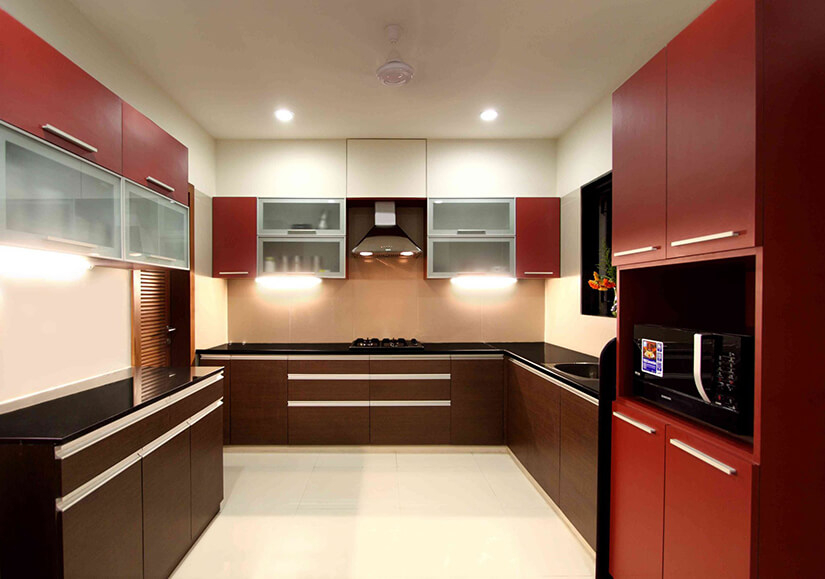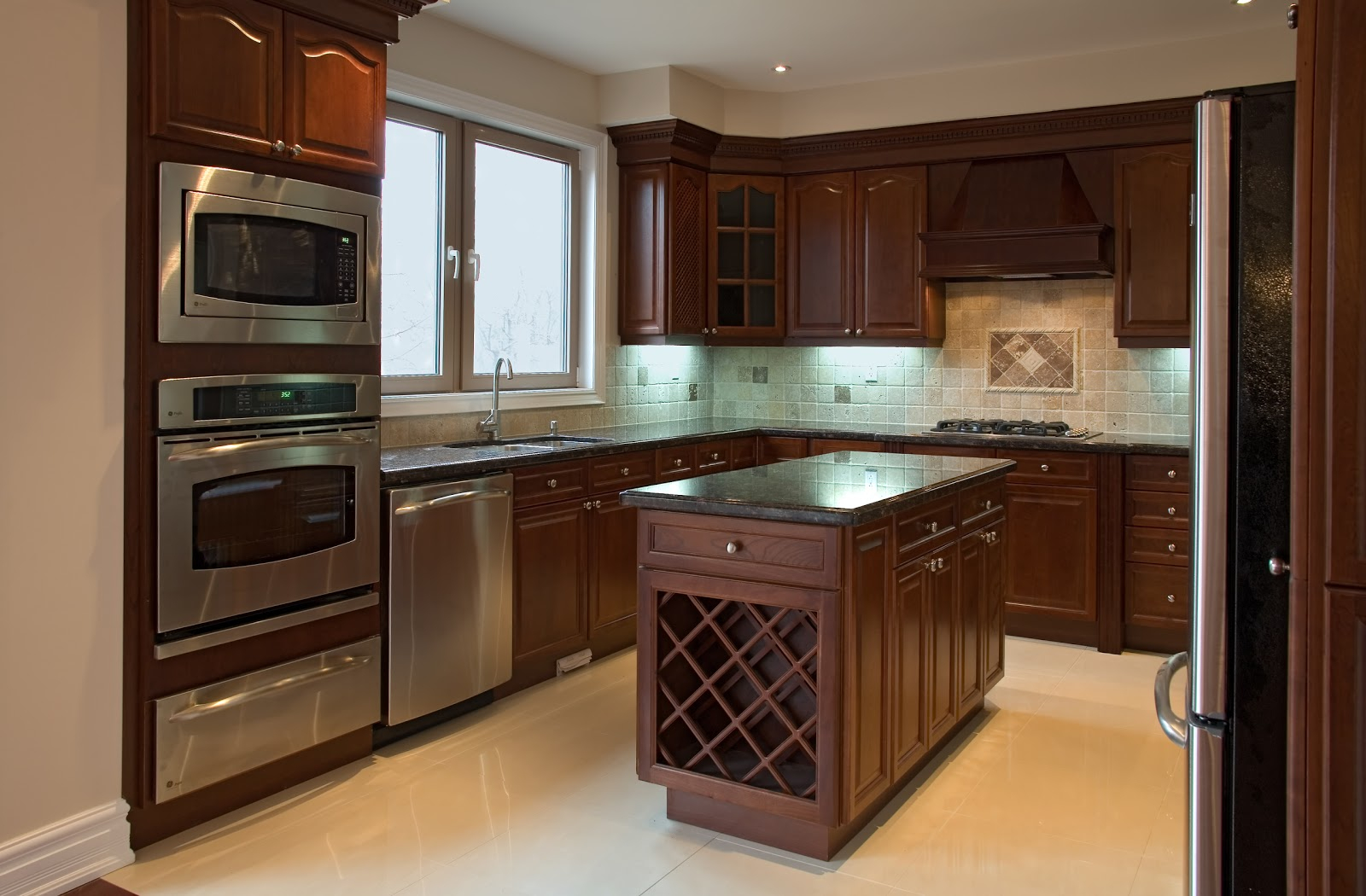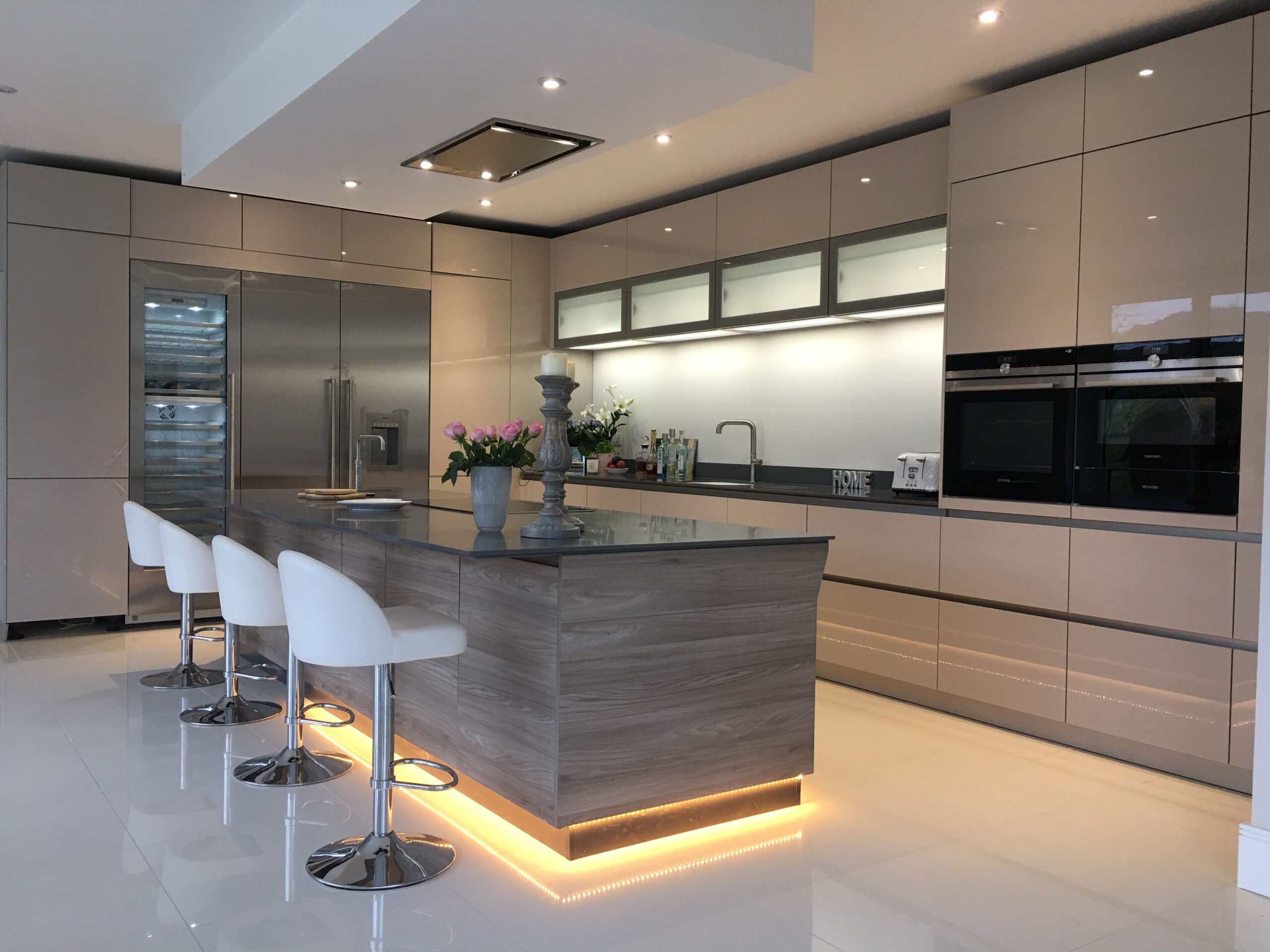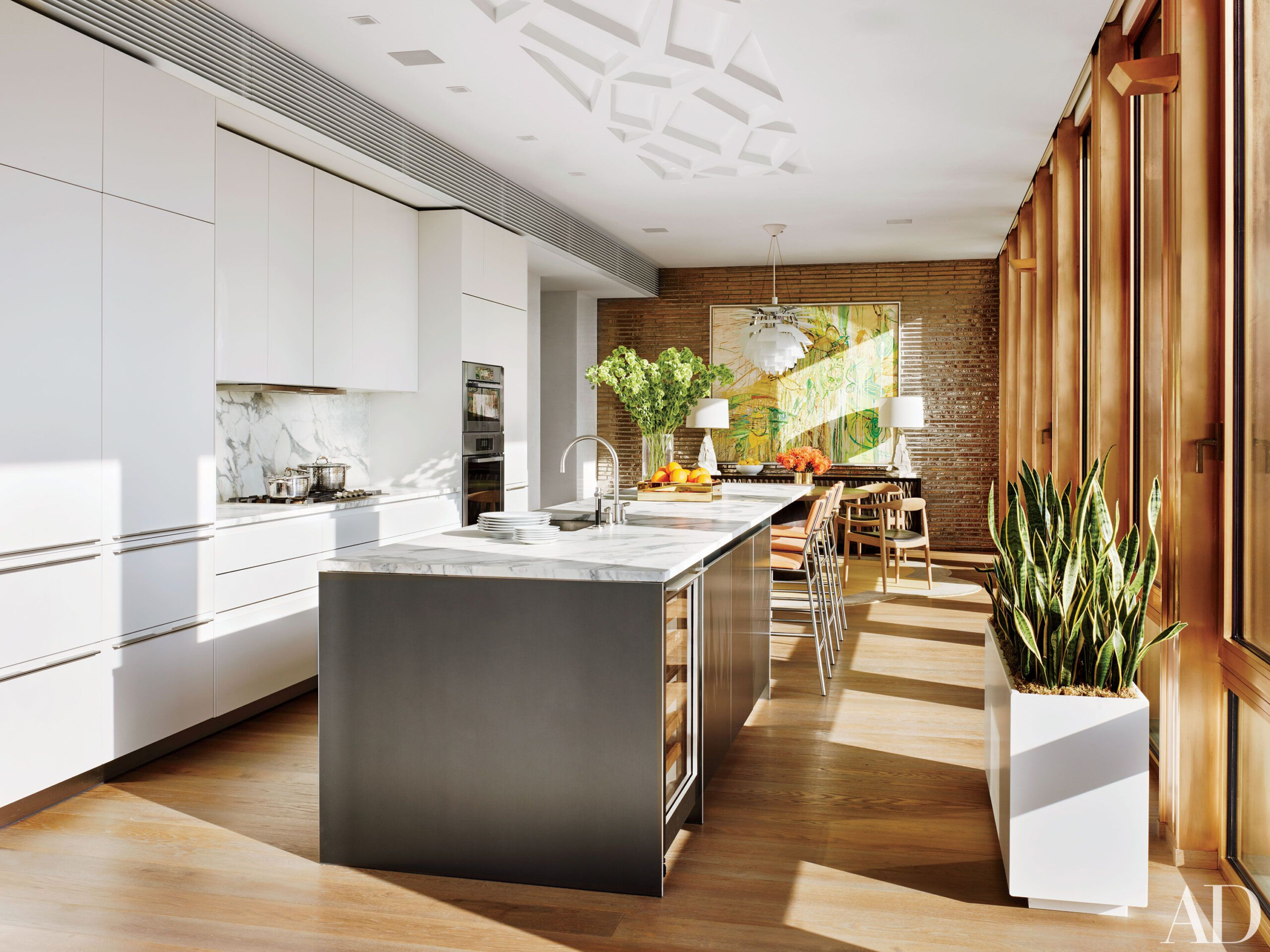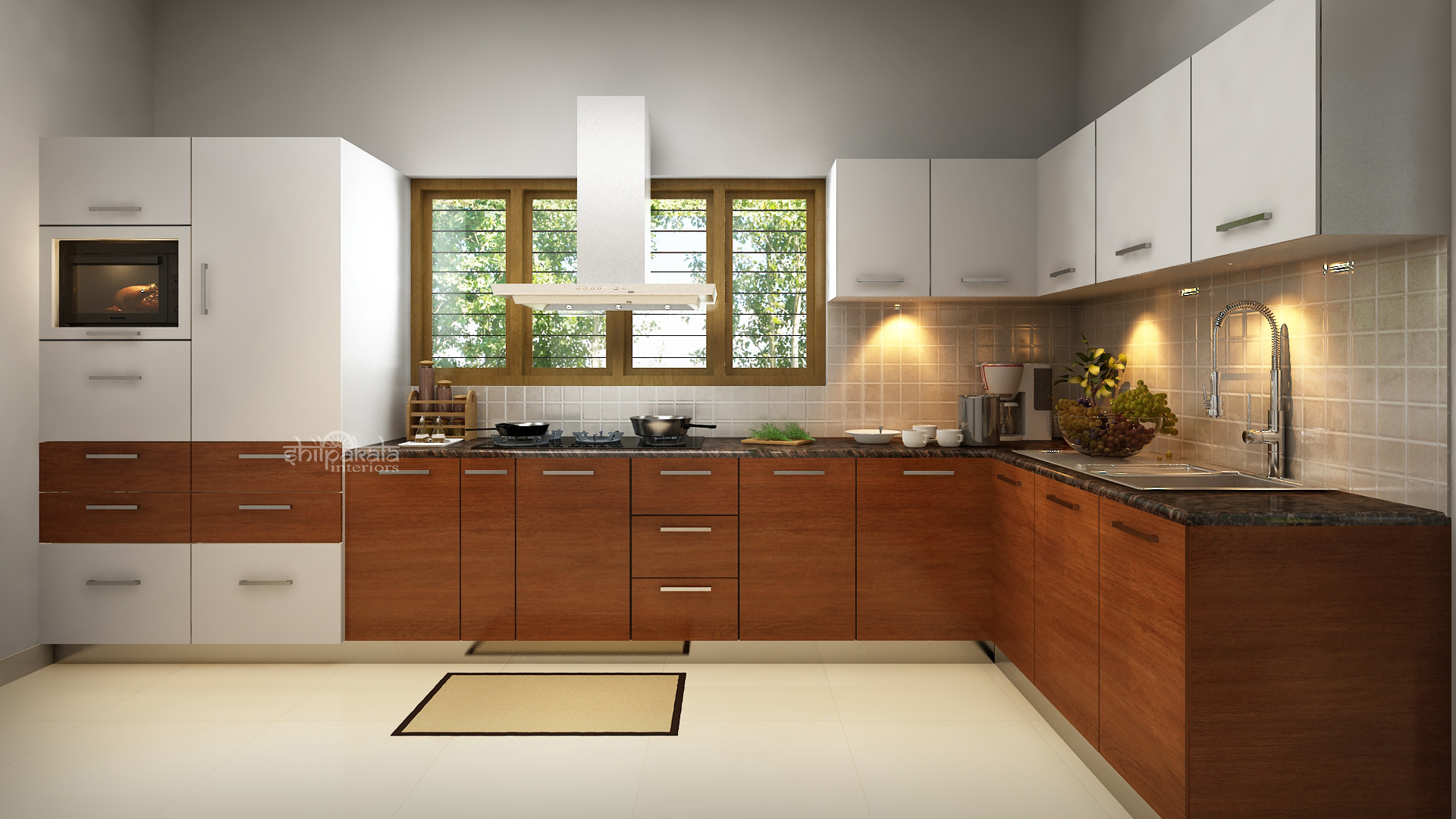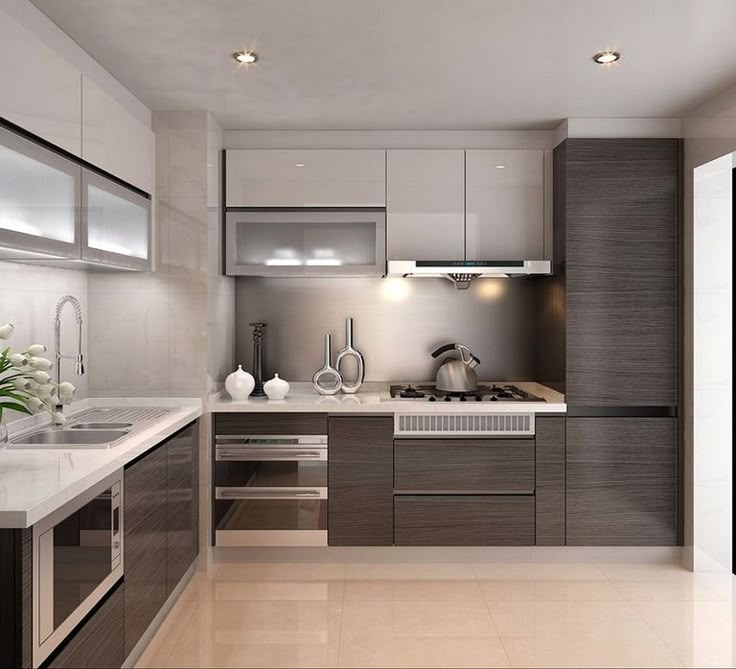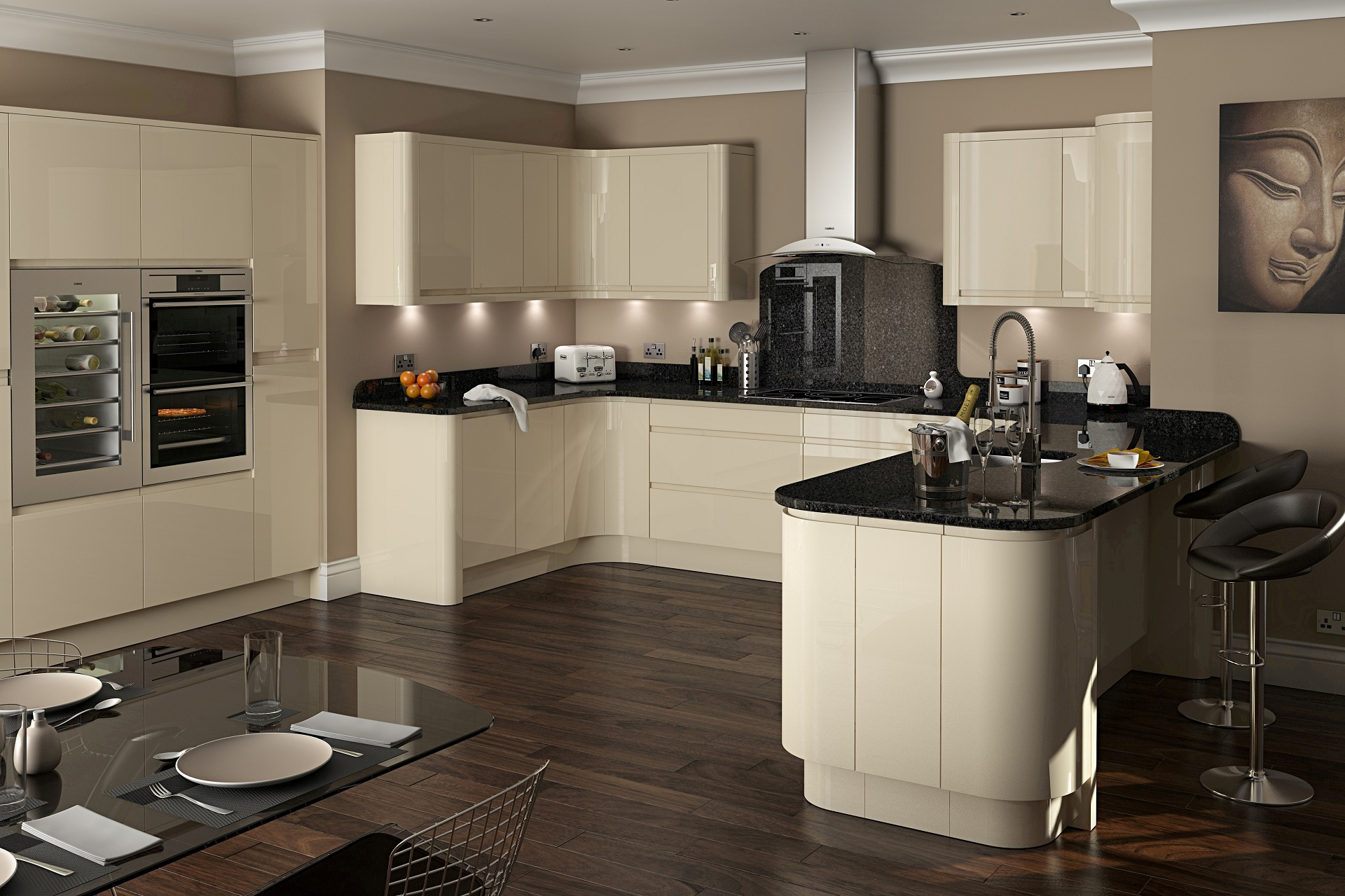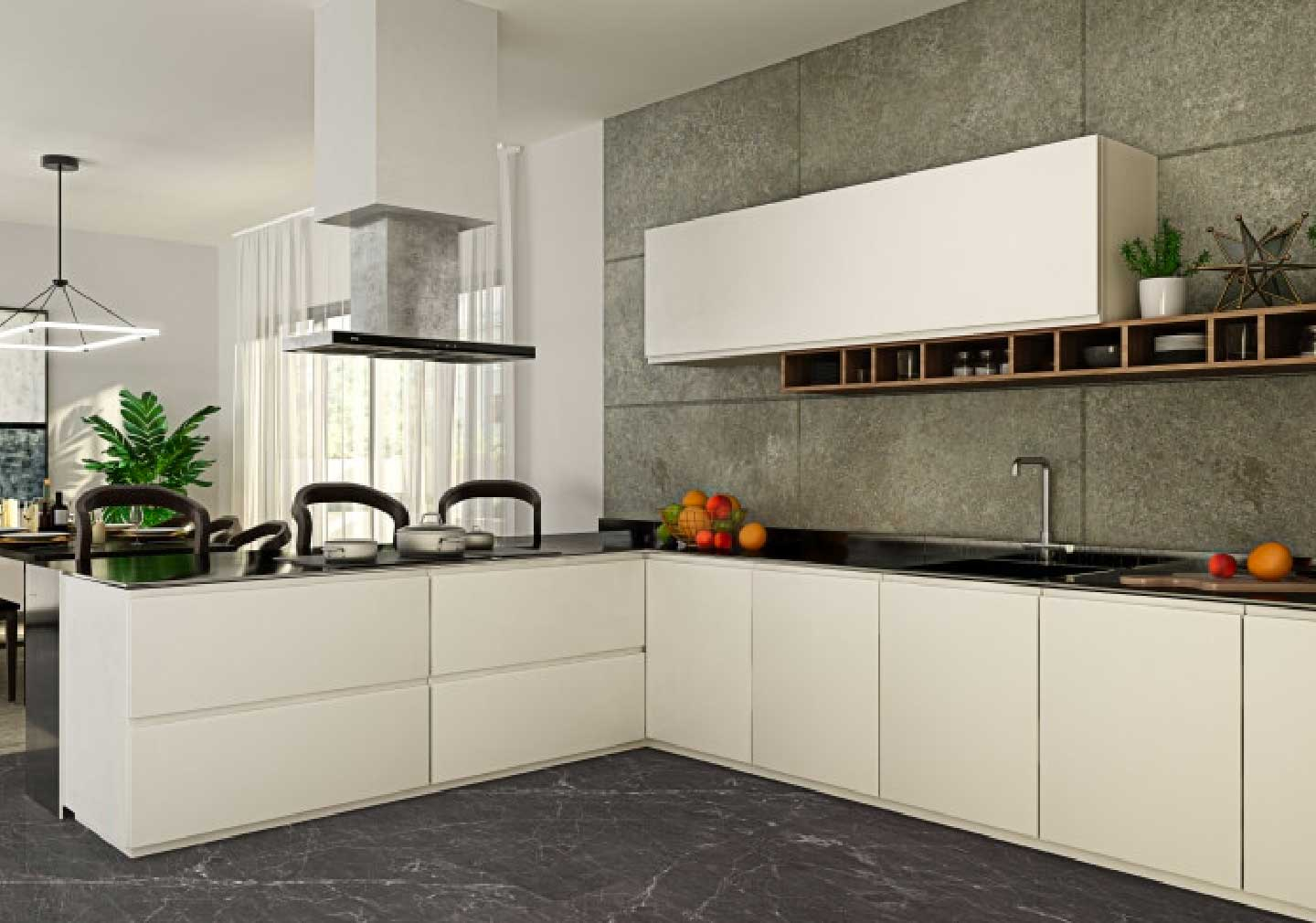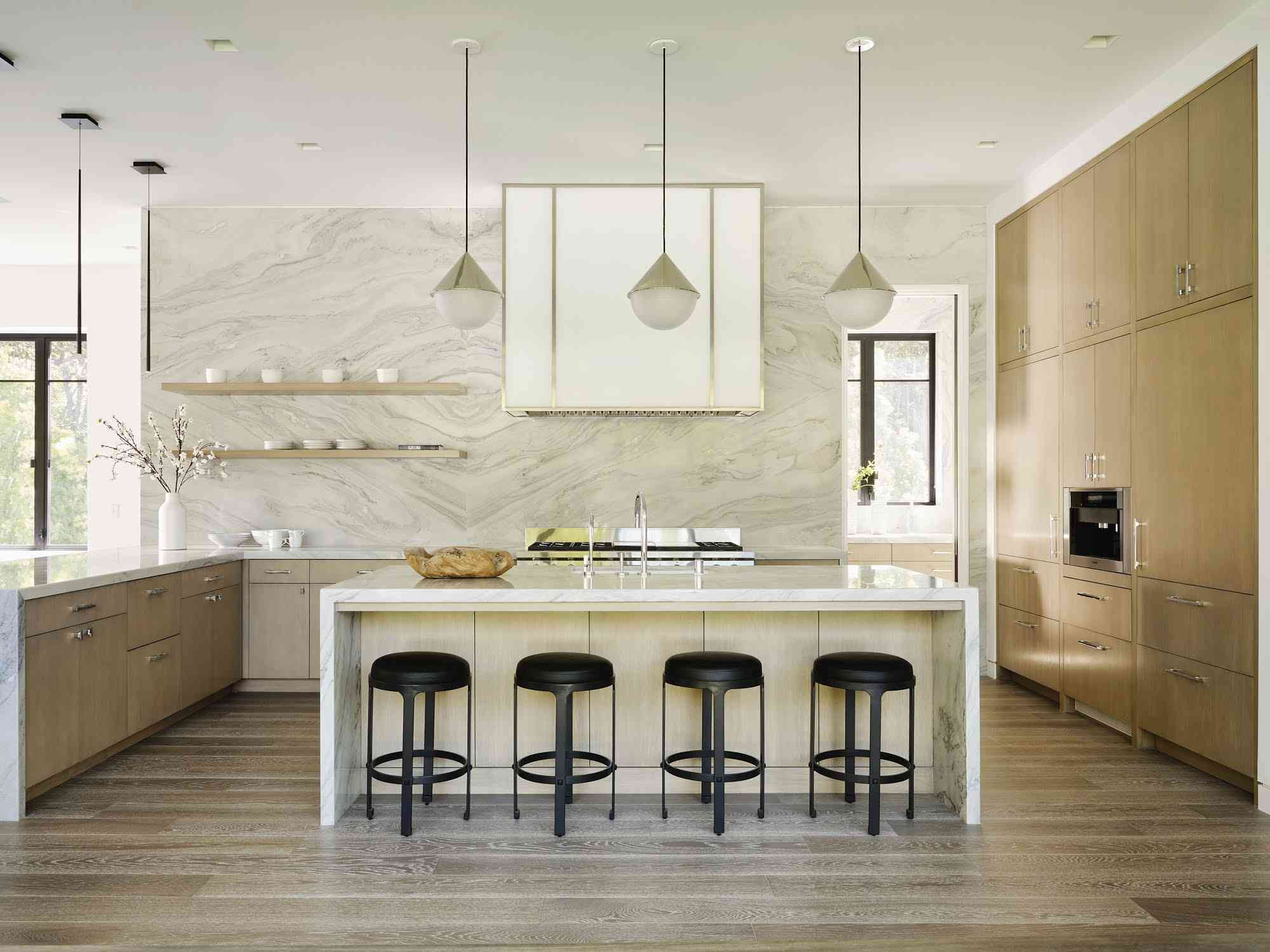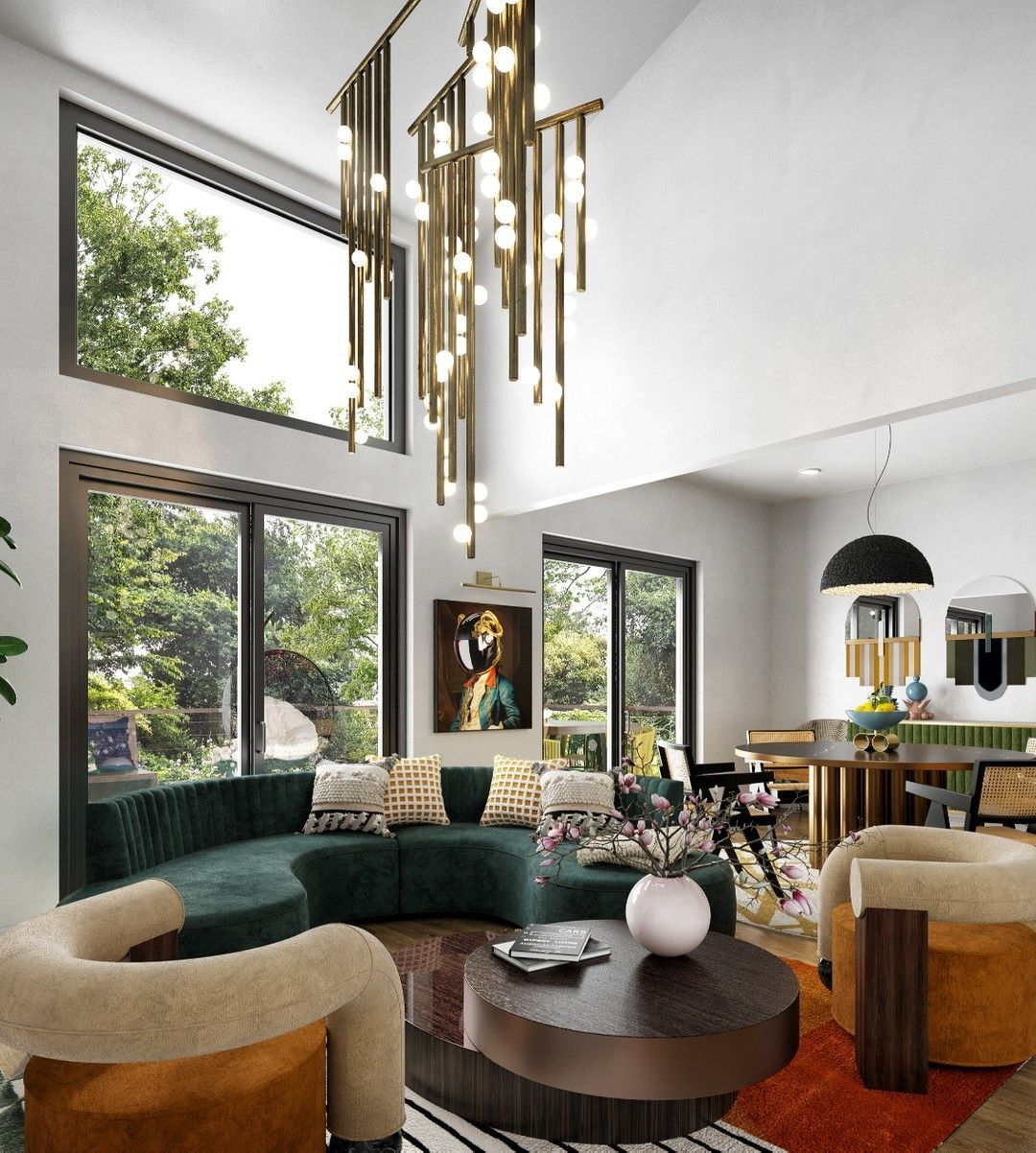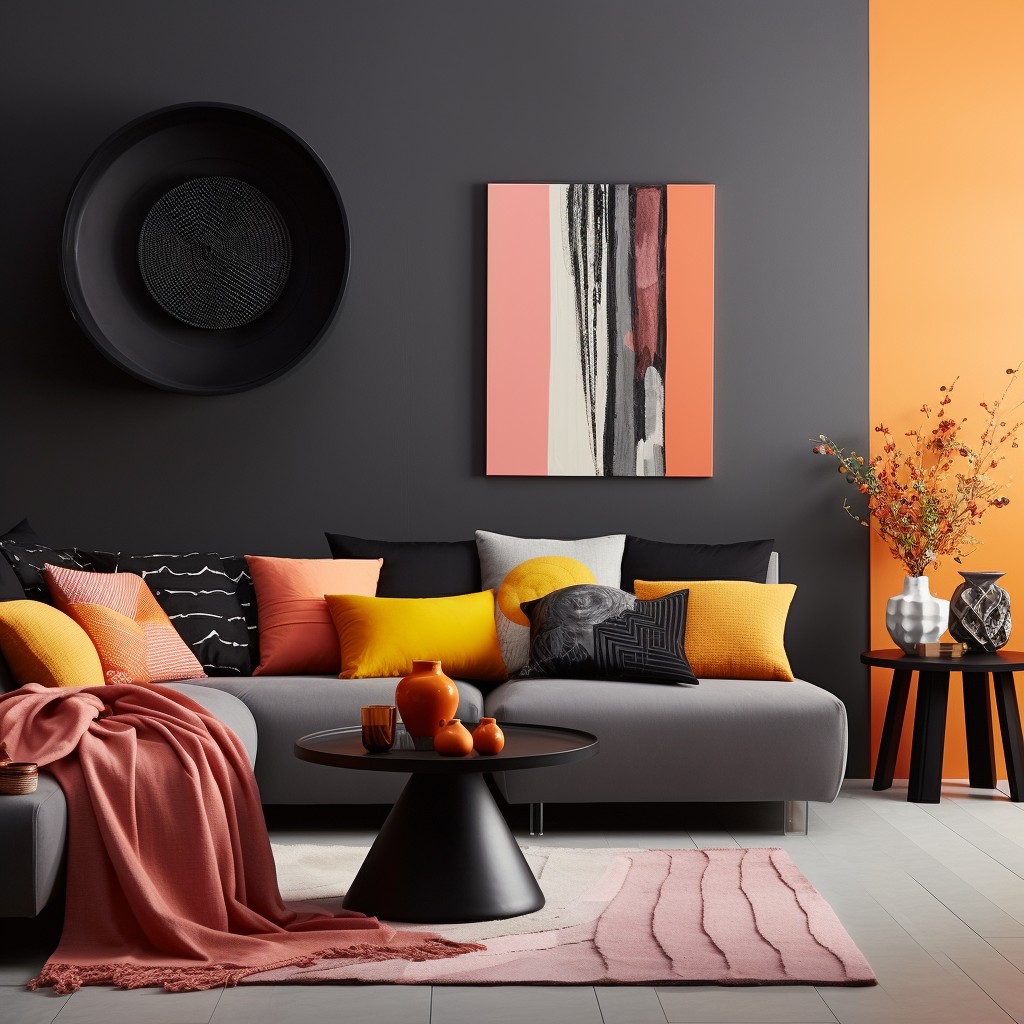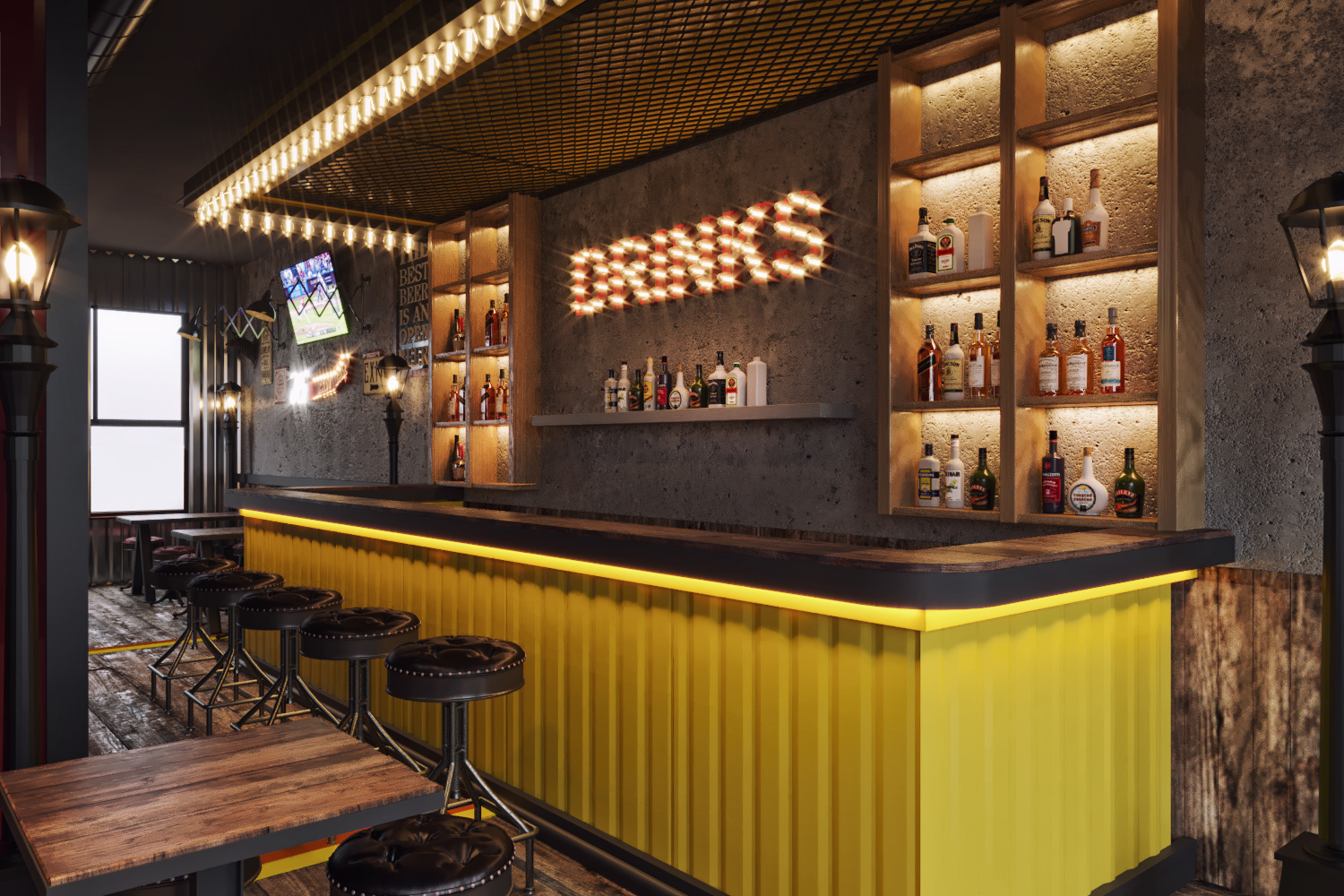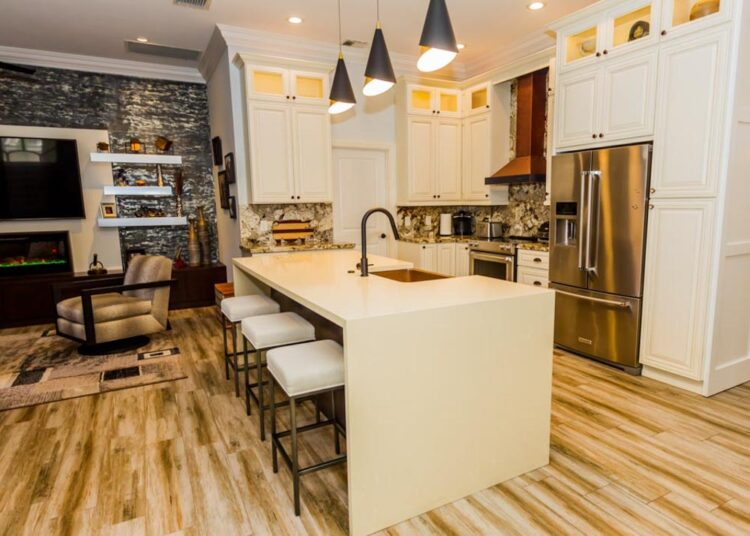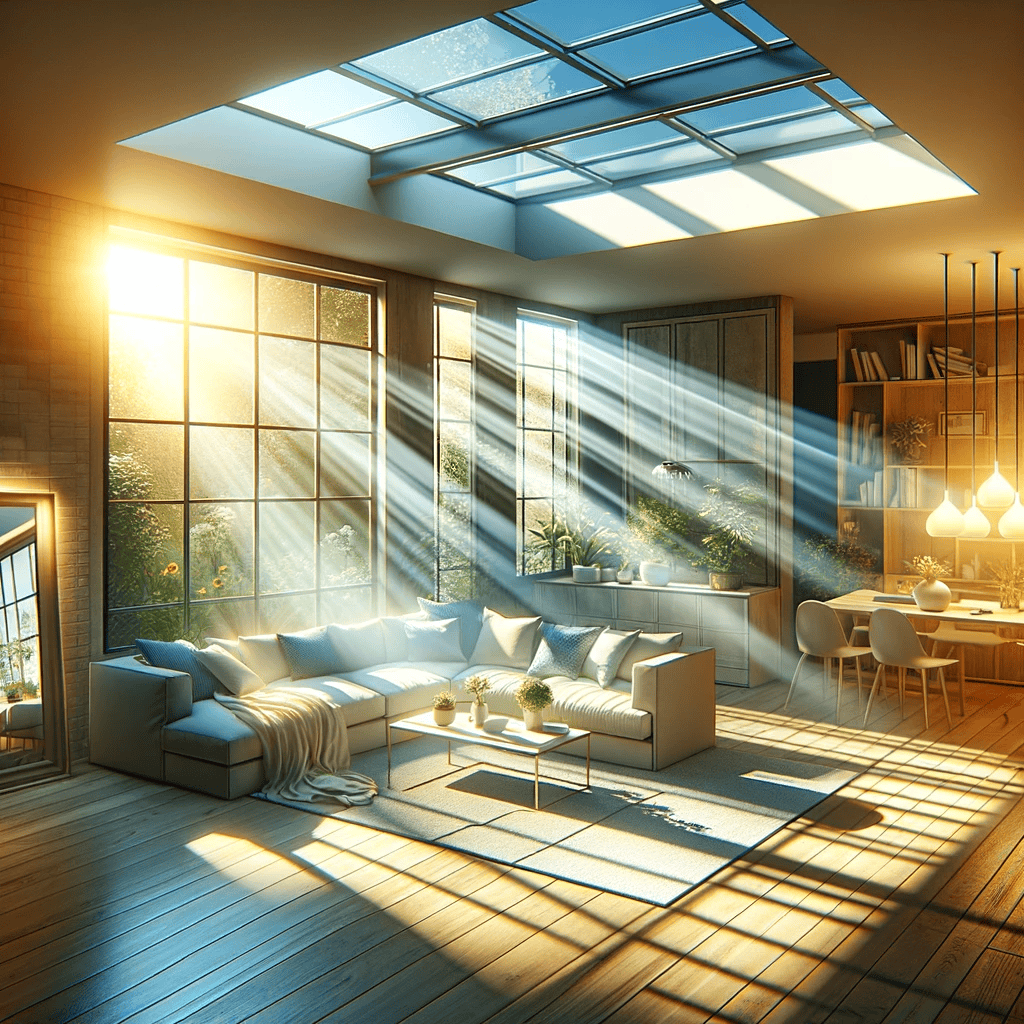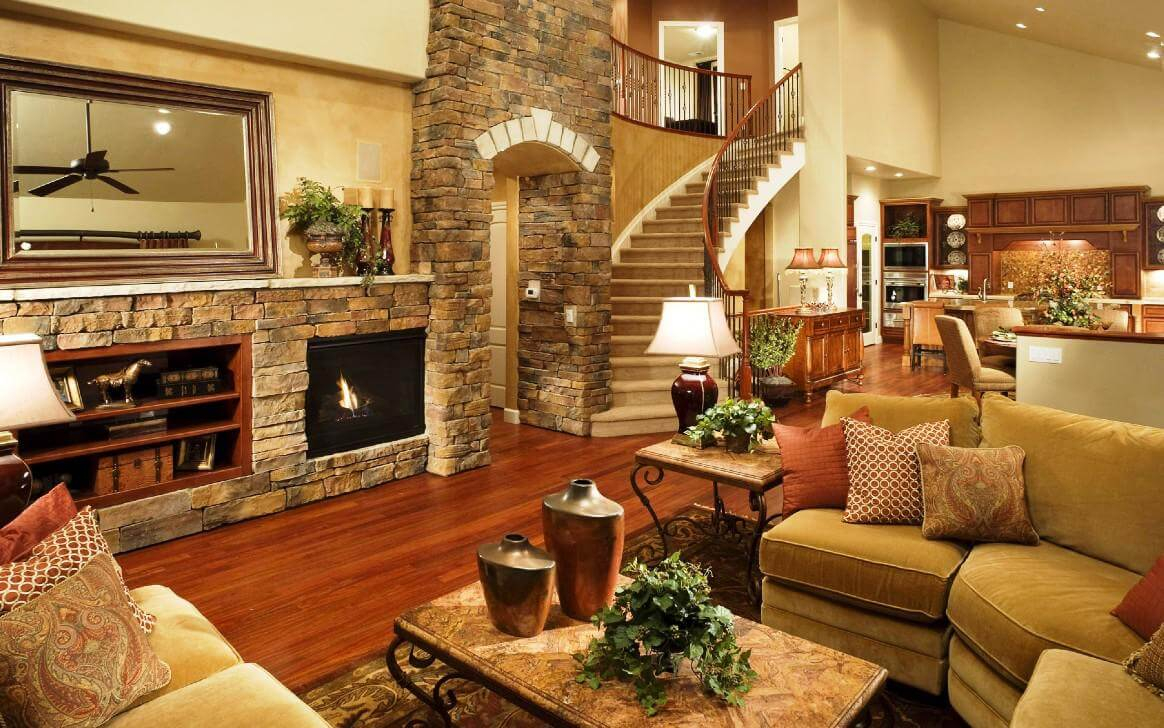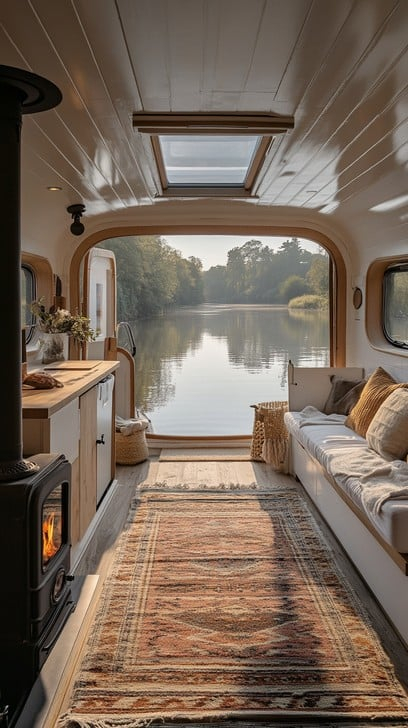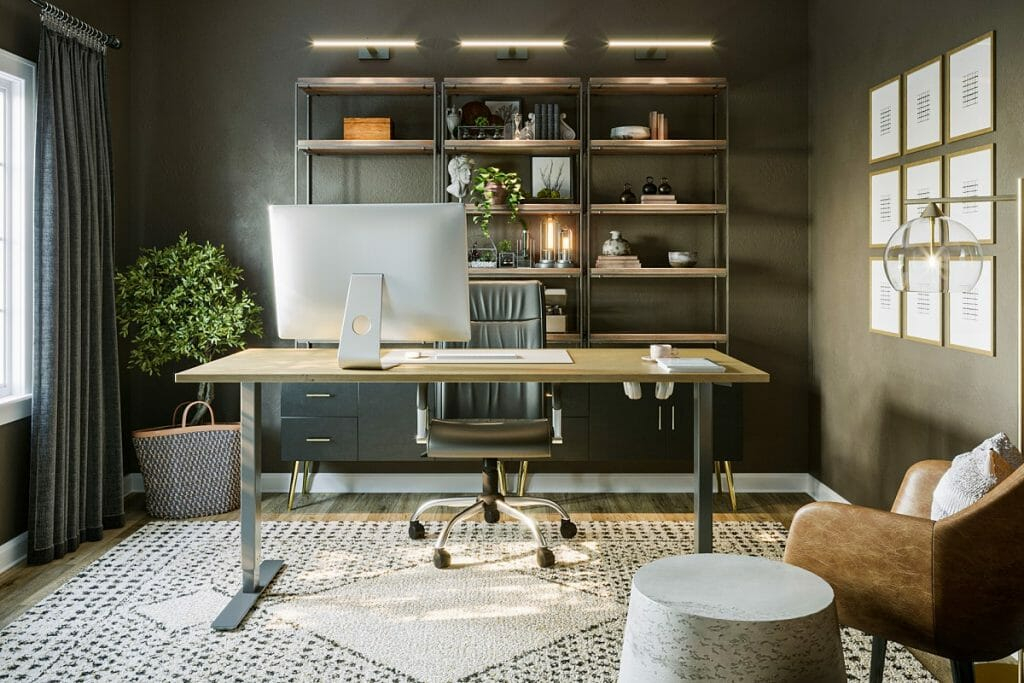Ever walk into your kitchen and feel…meh? Like it’s just a room for cooking and not much else? We’ve all been there. But what if your kitchen could be the heart of your home, a place that inspires you, welcomes guests, and just feels right? It’s totally achievable. Let’s dive into some fantastic interior design concepts that can turn your ordinary kitchen into something truly special.
The kitchen is more than just a place to prepare meals; it’s where families gather, conversations flow, and memories are made. Thinking about a refresh? You’re in the right place. We’re going to explore some brilliant ways to inject personality, enhance usability, and generally make your kitchen a space you’ll adore spending time in. Forget overwhelming renovations; sometimes, a few thoughtful changes make all the difference.
Color Your World: The Power of Palette
Color is such a potent tool in interior design, and your kitchen is no exception. Are you drawn to the calm of cool blues and greens, or does the warmth of earthy neutrals and rich wood tones speak to you? Don’t shy away from bold statements either. A vibrant accent wall, perhaps in a deep teal or a sunny yellow, can completely transform the mood.
Think about how different hues affect your feelings. Lighter shades can make a smaller kitchen feel more expansive and airy, while deeper colors can create a cozy, intimate atmosphere. And don’t forget about the finish. Matte paints can offer a sophisticated look, while a subtle sheen can add a touch of elegance and be easier to wipe down. Consider your existing decor and the overall style you’re aiming for. For instance, a classic white or cream kitchen is timeless, but adding pops of color through accessories like canisters, tea towels, or even a colorful rug can inject a lot of personality without a huge commitment.
Material Matters: Textures and Finishes
The materials you choose for your countertops, cabinets, and backsplashes play a huge role in both the look and feel of your kitchen. Natural wood cabinets, for example, bring an organic warmth that’s hard to beat. You could opt for sleek, modern laminate for a budget-friendly and durable option, or go for the timeless beauty of granite or quartz for your countertops.
What about the backsplash? It’s a fantastic opportunity to add a design element. Subway tiles are perennially popular, offering a clean, classic look. But why not explore mosaic tiles for a bit of sparkle, or perhaps a large-format porcelain slab for a seamless, contemporary feel? Even small details like cabinet hardware—think brushed brass for a touch of luxury or matte black for a modern edge—can make a significant impact. Mixing materials can also create visual interest. Imagine butcher block countertops paired with painted cabinets, or a stone backsplash accentuating wooden cabinetry. It’s all about creating a cohesive yet dynamic look.
Lighting: More Than Just Brightness
Good lighting is crucial for both functionality and ambiance. You’ll want to layer your lighting to cover different needs. Task lighting is essential for food prep; think under-cabinet lights that illuminate your countertops without casting shadows. Ambient lighting provides the general illumination for the room, often from ceiling fixtures. And then there’s accent lighting, which can highlight architectural features or artwork.
Pendant lights over an island or breakfast bar aren’t just practical; they’re also statement pieces that can really define the style of your kitchen. Dimmers are your best friend here, allowing you to adjust the mood from bright and functional for cooking to soft and inviting for evening gatherings. Consider the color temperature of your bulbs too. Warmer tones (around 2700K-3000K) tend to create a cozier feel, while cooler tones (4000K+) can make a space feel more modern and energetic. Don’t forget natural light—maximize it by keeping windows clear and perhaps using lighter window treatments.
Layout and Flow: Making it Work for You
The way your kitchen is laid out can dramatically affect how you use and enjoy the space. The classic work triangle—sink, stove, and refrigerator—is still a great starting point for ensuring efficiency. But modern kitchens often incorporate islands or peninsulas, which can add valuable counter space, seating, and storage.
Think about how you move through your kitchen. Is there enough clearance between appliances and cabinets? Can you easily access frequently used items? Sometimes, a simple rearrangement of existing elements or the addition of a small cart can improve the flow significantly. If you’re planning a larger renovation, consider an open-plan design that connects the kitchen with dining or living areas. This fosters a sense of togetherness and makes entertaining much easier. Even in a smaller kitchen, smart storage solutions can make a big difference to perceived space and usability.
Storage Solutions: Tidy Up in Style
Clutter is the enemy of a serene kitchen. Smart storage is key to keeping things organized and your countertops clear. Beyond standard cabinets and drawers, consider clever additions. Pull-out shelves, corner cabinet organizers (like lazy Susans or magic corners), and drawer dividers can maximize every inch of space.
Open shelving can be a stylish way to display cookbooks, decorative items, or frequently used dishes, but it does require a commitment to keeping things tidy. Wall-mounted pot racks or magnetic knife strips can free up valuable drawer and counter space. Think about the items you use most often and make sure they’re easily accessible. For smaller kitchens, vertical storage is your friend. Tall pantry cabinets, wall-mounted spice racks, and even over-the-door organizers can add a surprising amount of storage capacity. Good organization not only looks better but also makes cooking and cleaning much more efficient.
The Finishing Touches: Personality and Panache
Once the main elements are in place, it’s time for the details that truly make a kitchen your own. Plants, whether on a windowsill or hanging from a shelf, bring life and a touch of nature indoors. Artwork can add a splash of color and personality. Consider textiles too – a stylish rug can add warmth and define a seating area, while decorative bowls or vases can hold fresh fruit or flowers.
Don’t forget about function disguised as form. Beautiful canisters for flour and sugar, a chic utensil holder, or a well-designed paper towel dispenser can elevate everyday items. Even the window treatments contribute to the overall aesthetic. Simple blinds, elegant curtains, or even a colorful Roman shade can frame your view and add a layer of softness. It’s these personal touches that transform a functional room into a truly cherished space.
So, there you have it. Transforming your kitchen doesn’t always require a massive overhaul. By thoughtfully considering color, materials, lighting, layout, storage, and those all-important finishing touches, you can create a space that’s not only beautiful but also perfectly suited to your lifestyle. Whether you’re a seasoned chef or just enjoy a morning cup of coffee in peace, your kitchen can become a source of joy and inspiration. Which idea will you try first? Happy designing!

